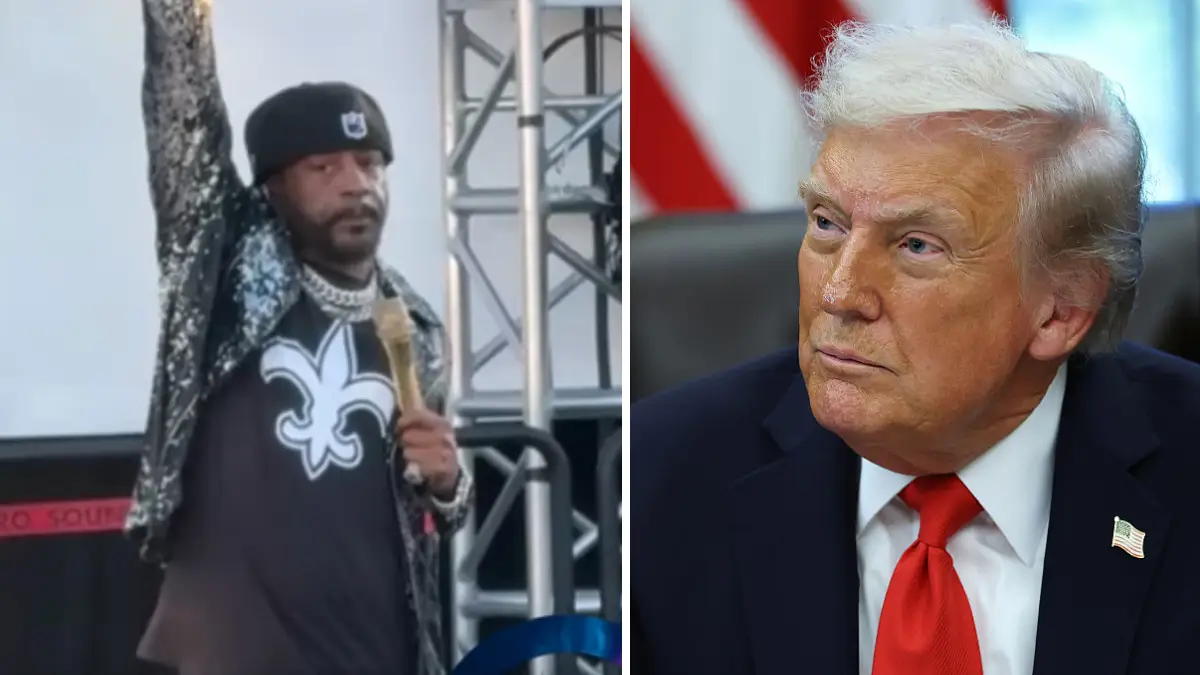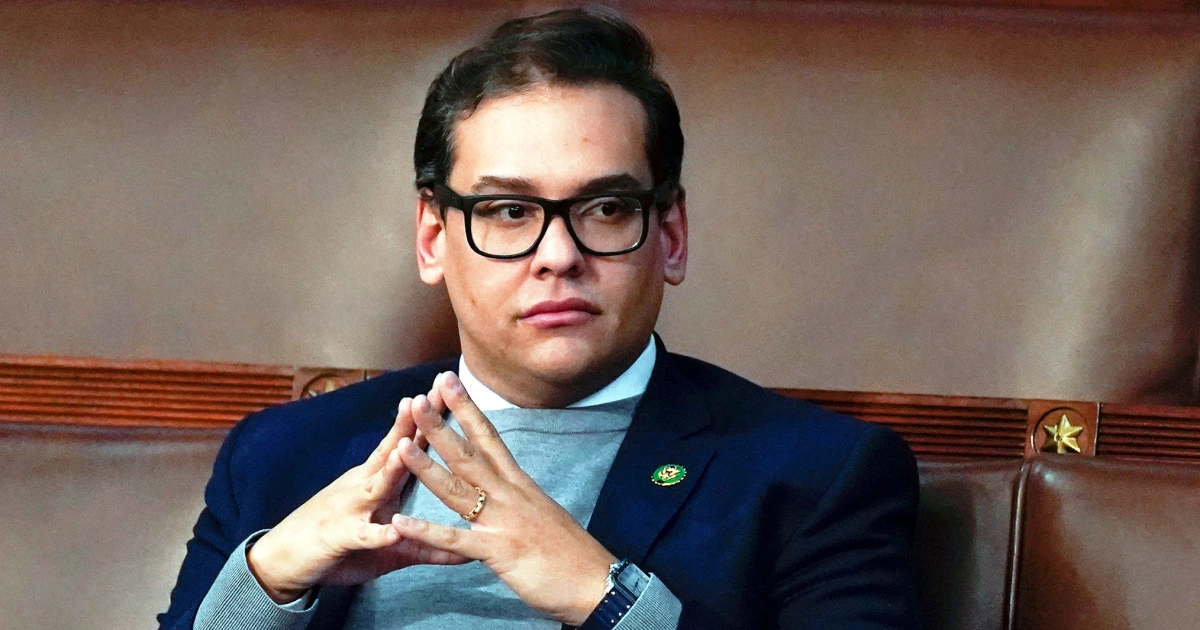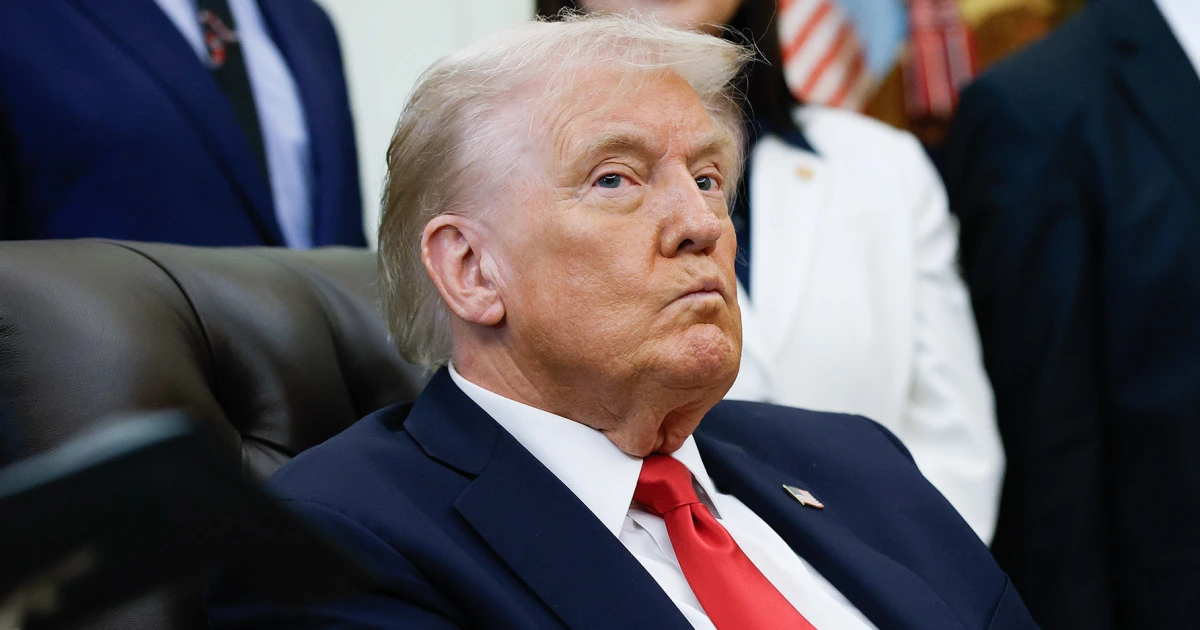Copyright scmp

More than half of Americans say the United States should cooperate and engage with China, according to a survey released on Tuesday, a sharp increase from the 40 per cent recorded in 2024. The results released by the Chicago Council on Global Affairs also found that a majority of Americans are against higher tariffs on Chinese imports. “Americans’ views of China are beginning to improve after several years of sharp declines,” said Craig Kafura, the council’s director of public opinion and US foreign policy and author of the study. “The big swings on how the US should approach China, in a very broad sense, were really interesting and really surprising.” This is the first time since 2019 that a majority of Americans surveyed said they preferred a policy of “friendly” cooperation and engagement with China. Many of the findings varied significantly by political party, reflecting the deeply partisan nature of US politics. Kafura said the big shift in views was driven principally by more favourable views among Democrats and Independents as they alter their focus more towards internal US issues, including government corruption and threats to US democracy, rather than China’s rise. The results, drawn from three surveys taken between late July and mid-October in partnership with Ipsos, found that respondents viewed the US-China relationship as the world’s most consequential. The two giant nations combined account for over 40 per cent of global GDP and over half of the world’s military spending. While 54 per cent of Democrats and 58 per cent of independents opposed higher tariffs, 63 per cent of Republicans favoured their increase, presumably reflecting support for US President Donald Trump’s aggressive trade agenda. Likewise, two-thirds of Democrats wanted the US to pursue friendly cooperation and engagement with China instead of working actively to limit its influence – a 19 per cent increase over 2024 levels. But the view among Republicans was a mirror image, with just a third in favour of more engagement. The results come as Trump and Chinese President Xi Jinping are set to meet on the sidelines of the Asia-Pacific Economic Cooperation summit in South Korea on Thursday. The two nations have seen trade relations involving technology, ports, rare earth minerals and tariffs, among others, crater, partially recover and plummet again since Trump returned to office in January. Ryan Hass, a senior fellow at the Brookings Institution, said the results suggest that the China issue, which traditionally enjoyed a bipartisan consensus, now appears to be subject to growing social and political divisions. “It feels like the discourse around China in the US is entering a more fluid stage,” Hass wrote on X. “Space is opening for a broad conversation around US goals vis-a-vis China in 2028 and beyond.” The survey also found that Republicans are more confident about US power than Democrats, even as American views on the comparative influence of Washington and Beijing remain fairly stable since 2018. “Although the public is confident in American military superiority over China, Americans are less confident that the United States is still the stronger economic power,” the survey found. Hass said the findings challenge the belief held by some that China, as an external enemy, could be used to help Americans overcome domestic divisions. “There doesn’t appear to be an appetite or a stomach for inflating China as a unifying threat among the American public,” he said. The results may suggest some room for improved relations, although most Americans rank China’s favourability at 35 out of 100, above Russia or Iran, but roughly level with Saudi Arabia. “I don’t know if I’d characterise their views on China as warm and fuzzy,” added Kafura. “It’s still not a very popular country. But there are some encouraging signs if you’re sitting in China and you’ve been arguing for a more diplomacy-heavy approach towards the United States. “If you’re seeing in the polling, OK, well, not all Americans are unremittingly hostile to China, so maybe there’s an opening here.”



